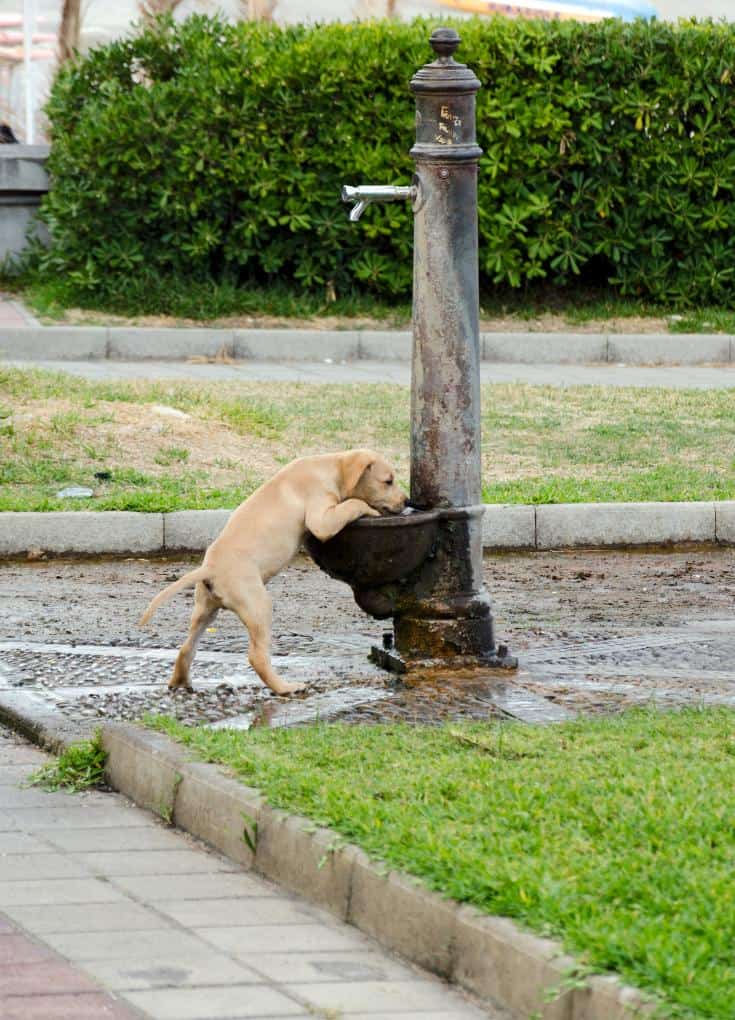Why Hydration Still Matters as Summer Winds Down

August is often cited as the hottest month in Arkansas. Between the high heat and humidity, the weather creates dangerous circumstances for pets. Symptoms of heat stroke can get much worse if a pet becomes dehydrated, especially if they are in direct sunlight and working/playing hard for longer than they should. Even as summer winds down, it’s crucial to stay vigilant and proactive. We can help!
Pet Hydration Tips
Some dog owners might feel that they constantly fill and refill their dog’s water bowl. Owners of cats, on the other hand, may not necessarily see a change to the water line in their cat’s dish. Wherever your pet lands on this range, we can help you dial in how much they’re supposed to drink every day and assist you in finding ways to get your pet to that threshold.
Cat and Dog Water Intake Guide
An average dog should drink about an ounce of water per pound of body weight. If you think 40 ounces is a lot for a 40-pound dog, it’s common for many larger, active breeds to drink far more than that, especially throughout the summer months.
Cats need about 3.5-5.5 ounces of water per 5 pounds of body weight. Kittens may need to drink more to support healthy growth and development, plus they’re thirstier from all their play.
Since they are about 70-80% water, pets need a little extra help to reach maximum vitality. Luckily, pet dehydration is 100% preventable.
Getting the Whole Picture
Canned food has moisture, which can help your pets get the proper amount of hydration a day. Owners can look for fruits and veggies that add moisture to a pet’s dry food diet. Always remind a pet to drink water before and after meals, exercise, and play times.
What Dehydration Looks Like
When a pet loses fluids faster they can be replenished, they can become dehydrated. Try to observe their activity levels and exertion, manage their time outside during peak summer hours, and offer consistent breaks in the shade.
If you ever see the following symptoms, it’s time to act quickly to bring down their internal temperature:
- Breathing issues
- Tacky gums
- Excessive panting
- Restlessness
- Sunken eyes
- Lethargy
- Decreased skin elasticity
- High heart rate
- Decreased urination or defecation
Bring your pet to a shady, dim, well-ventilated area. Apply lukewarm compresses all over the body, never ice. If symptoms do not calm down or resolve, please call our team. Left alone, dehydration can lead to heat stroke and a variety of severe complications.
Summer Pet Safety
Please remember that younger pets, seniors, brachycephalic breeds, and pets with preexisting health conditions may be at higher risk for dehydration.
Always have extra water bowls around the house and yard, keep a water bottle on you during walks, and add some fun to your pet’s day with ice pops, sprinkler time, or hanging out in the kiddie pool.
Please call Crossover Veterinary Clinic at (479) 750-7474 with any questions or concerns.
